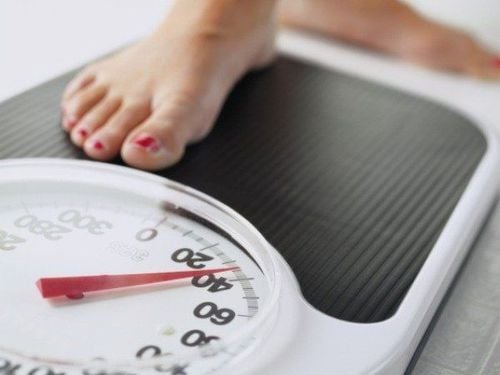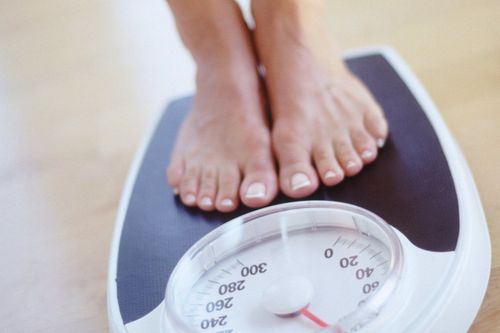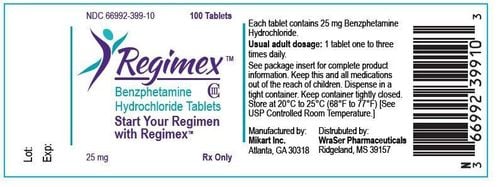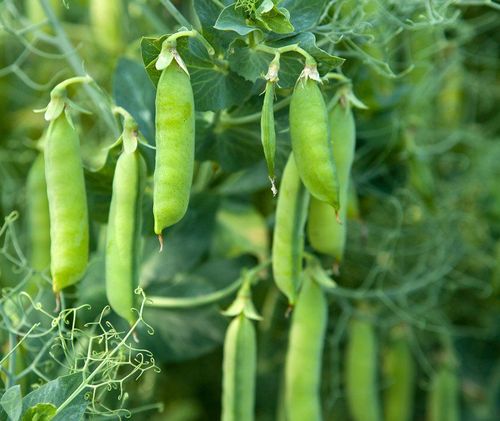This is an automatically translated article.
Protein important nutrients. High protein content has been linked to beneficial effects on appetite, weight, body composition, aging, and overall health. To get the most benefits from a high-protein diet, spread your protein intake evenly throughout the day, choosing high-quality protein sources with a balance of healthy fats and carbs.
1. Importance of protein for health
Protein is classified as one of the three macronutrients, along with carbs and fat. In your body, protein performs the following roles:
Repair and maintenance: Protein is the main component of muscles, bones, skin and hair. The tissues of organs are constantly being repaired and replaced with new proteins. Hormones: Chemical messenger proteins that allow cells and organs in the body to communicate with each other. Enzymes: Most protein enzymes and thousands of chemical reactions taking place throughout your body are controlled by them. Transport and storage: Certain proteins help deliver important molecules where they are needed in the body. For example, the protein hemoglobin is responsible for carrying oxygen to your body's cells. Protein is made up of the smallest components amino acids. Of the 22 amino acids, 9 are essential, which means they must be consumed in food because your body cannot make them.
Some foods that provide a lot of protein include: Eggs, milk, meat, fish and poultry.
Plant proteins do not provide enough essential amino acids for the body in the diet but can be combined with other plant sources to form complete proteins such as: legumes, grains, soybeans, Protein-rich nuts.
2. The effect of protein on weight loss
2.1 Appetite and fullness Using more protein can help suppress your hunger and cravings for hours after eating.Protein has the ability to increase the production of hormones like PYY and GLP-1, both of which help you feel full and satisfied. In addition, protein helps to reduce levels of ghrelin, the hunger hormone.
In a controlled study of 12 healthy women, the group that consumed a high-protein diet had higher GLP-1 levels, felt fuller longer, and had fewer cravings than the group that ate a high-protein diet. Eat less protein. Because of these effects on appetite and satiety, higher protein intake often leads to a natural reduction in food intake.
In another study, when 19 healthy young adults were allowed to eat as much as they wanted with a diet consisting of 30% protein, they consumed an average of 441 fewer calories per day than when they followed the diet. Diet consists of 10% protein.

Chế độ ăn giàu protein giúp bạn có cảm giác no lâu hơn
Metabolic Rate
High protein content can increase the number of calories you burn. Protein digestion seems to promote an impressive metabolic rate by 20–35%, compared to a 5–15% increase for digesting carbs or fats.
When people eat a high-protein diet, they burn more calories a few hours after eating.
In a study conducted on 10 healthy young women, a high-protein diet for one day was shown to increase the postprandial metabolic rate by almost twice as much as a high-carb diet for a day. a day.
Weight loss and body composition
It is not surprising that protein's ability to suppress appetite, promote satiety and boost metabolism can help you lose weight. When consuming high-quality protein, it was found that increasing protein intake promotes weight loss and fat loss.
In a 6-month dietary study that included 65 overweight and obese women, the high-protein group lost an average of 43% more fat than the high-carb group. Furthermore, 35% of the women in the high-protein group lost at least 10 kg. The reason is when you reduce your calorie intake, your metabolism will slow down. This is partly due to muscle loss.
Higher protein content can help protect against muscle loss and keep your metabolic rate up.
In a review of 24 studies that included more than 1,000 people, a high-protein diet was found to be more effective than a standard protein diet for weight loss, maintenance of muscle mass, and prevention of metabolic slowdown. metabolism during weight loss. A standard diet or a high-protein diet can work for everyone.
A European study concluded that based on different genes, high-protein diets were particularly effective for weight loss and maintenance in 67% of the population.
3. How to follow a high protein diet
The high protein diet is easy to follow and can be customized to your own food preferences and health related goals. For example, you may want to follow a low-carb, high-protein diet to control blood sugar.
If you avoid dairy products, you can follow a dairy-free and high-protein diet. Even a vegetarian diet can be high in protein if it includes eggs or dairy and a variety of legumes and other plant-based proteins.
Some basic guidelines for following a high protein diet with a goal of eating to lose weight :
Food diary: Start a food diary with an app or website that provides protein values thousands of foods and allows you to set your own calorie and macronutrient goals. Calculate your protein needs: To calculate your protein needs, multiply your weight in pounds by 0.6–0.75 grams or your weight in kilograms by 1.2–1.6 grams . Eat at least 25–30 grams of protein with meals: Research has shown that consuming a minimum of 25 grams of protein with meals can promote weight loss, muscle maintenance, and overall better health. Include both animal and plant proteins in your diet: Eating a combination of both will make your diet more nutritious overall. Choose high-quality protein sources: Focus on fresh meats, eggs, dairy, and other proteins, rather than processed meats like bacon and lunch meats. Use balanced meals: Balance protein-rich foods with vegetables, fruits, and other plant foods at each meal.

Ghi nhật ký thực phẩm giúp bản kiểm soát tình trạng giảm cân tốt hơn
4. The best food sources of protein
Foods that provide protein sources rich in nutrients and lower in saturated fat and calories, such as: Lean meat; seafood; bean; soy bean; low-fat milk; egg; nuts
You should change to foods rich in protein. For instance, you can have salmon or other fish rich in omega-3s, beans or lentils that give you fiber as well as protein, including walnuts in your salad or almonds in your oatmeal. friend.
How much protein are you using? Protein content of some foods:
1/2 cup low-fat cottage cheese: 12.4g 85g tofu, firm: 9g 1/2 cup cooked lentils: 9g 2 tablespoons natural peanut butter ( 7g) or almond butter (6.7g) Skinless chicken breast 3 oz: 26g Fish fillet 85g (depending on fish type): 17-20g 28g provolone cheese: 7g 1/2 cup cooked kidney beans : 7.7g 28g almonds: 6g 1 large egg: 6g 114 ml low fat plain yogurt: 6g 114 ml soy milk: 3.5g 114 ml low fat milk: 4g Carbs and fat
While toning To add protein to your diet, you should also stock up on smart carbs like:
Fruits Vegetables Grains Beans and legumes Low-fat milk and yogurt Also try fats healthy like:
Natural-style nuts and nut butters Seeds Olives Avocado To help control your appetite, it also helps to divide your daily calories into four or five main meals or meals Smaller snacks.
Please follow the website ( www.vinmec.com ) for more information on health care instructions, which we will update regularly.
Please dial HOTLINE for more information or register for an appointment HERE. Download MyVinmec app to make appointments faster and to manage your bookings easily.
Reference source: webmd.com












